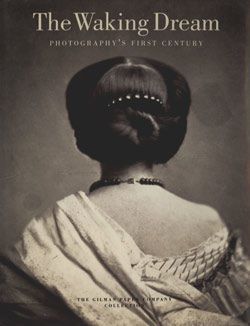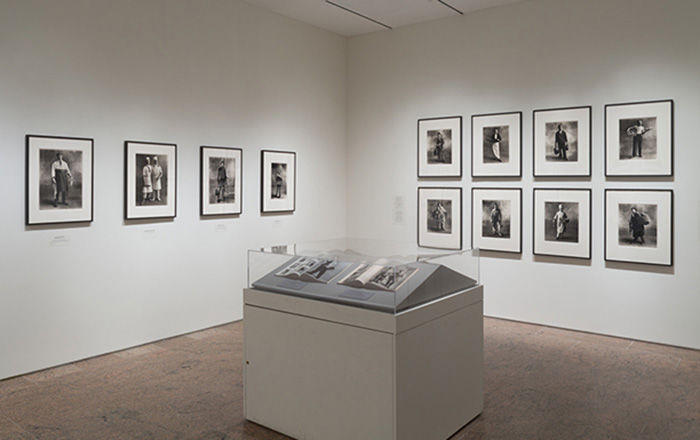[Self-Portrait]
Paul Outerbridge Jr. American
Not on view
Paul Outerbridge's oeuvre reveals something of a dichotomy, oscillating between Cubist-derived abstractions of commonplace objects, executed as platinum prints in the early 1920s, and fetishistic female nudes, rendered in the technologically advanced Carbro color process beginning in 1929. This self-portrait seems to combine both these obsessions. It exhibits a modernist sensibility in the interplay of black-and-white geometric shapes and in the repetition of form; it also suggests the decadence and voyeurism associated with the subject matter of his later work. Outerbridge made this image about 1927, at the height of his success as a commercial photographer in Paris and at the midpoint of his four-year stay in Europe.
The "improvements" Outerbridge has made to his black-tie attire dehumanize him, transforming him into an automaton, at once elegant and sinister, powerful and emasculated. His body is completely sheathed, except for the gap of his mouth, reinforced under the heavy mustache and left open not so much to allow him to breathe as to smoke, his cigarette poised between his legs. Mustache and cigarette become "signifiers of masculinity," the self a projection of a fetish.
This image cannot be enlarged, viewed at full screen, or downloaded.

